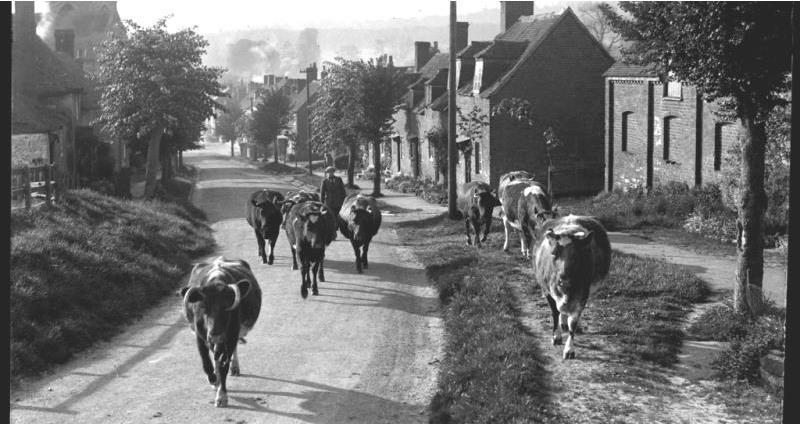Kate Chapman looks back at the end of the Great War and how the countryside recovered from its colossal impact:
It fell to the rural communities they left behind to produce enough food to sustain a country at war, and although they valiantly rose to the challenge, this period was to change the face of British farming and rural life forever.
More about the impact of World War One on farming:
Farming and the First World War homepage
Farming and the First World War: The role of stately homes
Farming and the First World War: Wartime women
Farming and the First World War: Changes in democracy
Farming and the First World War: Mechanisation and the workhorses of war
Farming and the First World War: Food supply
Farming and the First World War: The humble pea
Farming and the First World War: The Women's Land Army
Farming and the First World War: The blind farmer
The Few That Fed The Many: Special publication on the role farming played during World War One?
There’s no doubt the World War One heralded a period of great change for the British countryside, its people and agricultural industry. But aside from the personal losses suffered, the war did offer some benefits to the farming industry, says Prof Jeremy Burchardt, an associate professor in rural history at the Museum of English Rural Life (MERL), University of Reading.
Before the war, Britain was importing around 60 per cent of its food from overseas. Once fighting started, high inflation and threats to supply routes led to increased demands for more home-grown produce and, as a result, farming’s profitability increased and more land was turned over to agricultural production.
“It became difficult for the country to import food due to the threat of the U-boats and this, coupled with new government subsidies, meant prices remained stable for some time after the war,” explains Prof Burchardt.
“Before the conflict, farmers had been left to their own devices, there hadn’t been any subsidies or intervention, but now there was a change in the relationship between the state and agriculture, with the former taking on more responsibility for he nation’s food supply.
There was a shift in the make-up of rural society too. Previously, it was split into three distinct classes - the landowners/ gentry, tenant farmers and farm workers, but by the end of the war we start to see the emergence of the modern farming model with more owner-occupier farmers.
“Land ownership had always been as much political as it was economic and although the aristocracy didn’t disappear from a lot of parishes, they did sell up,” explains Prof Burchardt.
“Many assumed this was related to heavy death duties; and the fact many owners died during WWI is sure to have had some impact, but many were clever enough to sell while the land prices were high.
“By the time we get to 1921, the majority of farmers are owner-occupiers – the set-up we’re more familiar with today.”
